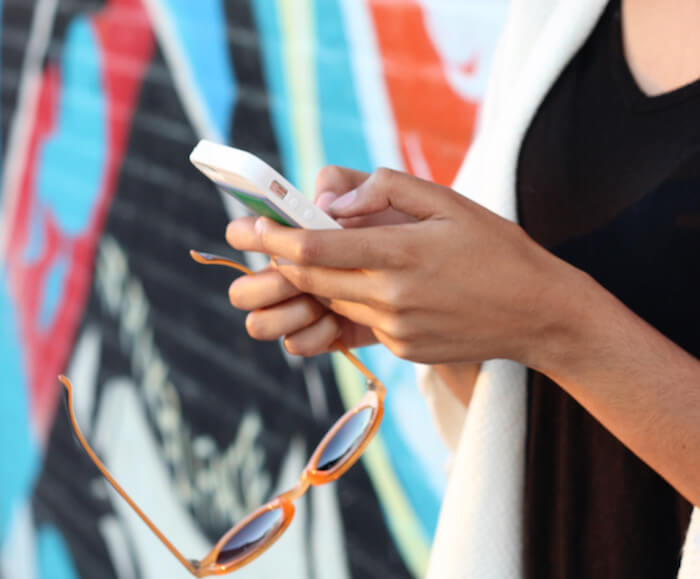According to the Better Business Bureau, scammers are up to no good on Venmo. Basically, you get a message saying, “I didn’t mean to send you that money. Can you send it back?” Low and behold, there is a couple of hundred dollars in your account so you send it back. Well, don’t. It’s a scam.
See report below from BBB:
How the Scam Works
You get a message in Venmo. It reads something like: “Oops! Can you send that back?” You check your balance history, and someone you don’t know just sent you several hundred dollars. Must have been a mistake! After all, it’s easy to mistype a username. You might think you are doing the right thing by returning the money, but don’t fall for it!
What’s happening here? Scammers connect stolen credit cards to Venmo and use them to transfer money to unsuspecting users. If you send the money back to the scammer, they will delete the stolen credit card from their account and add their own card in its place. Then, the money you are sending will go on to their personal card. Eventually, the stolen funds will be removed from your account, and you will be out that money.
This scam is just one of many cons using digital wallet apps, such as PayPal, Venmo, Zelle, and Apple Pay. Be aware that unlike credit cards, many digital wallet vendors will not shoulder the cost of fraud. If you pay scammers using a digital wallet, you may not ever get reimbursed.
Protect Yourself from Digital Wallet Scams
Protect yourself when paying with a money transfer app by following this advice:
- Use money transfer with friends: Protect yourself from scams by only using money transfer apps for their intended purpose — sending money to people you personally know.
- If someone sends you money by mistake, ask them to cancel the transaction: The sender can request that the vendor cancel the transaction. If the person refuses, it’s probably a scam.
- Enable additional security settings: Check your account settings to see if you can turn on additional security measures, such as multi-factor authentication, requiring a PIN, or using fingerprint recognition.
- Link your money transfer app to a credit card. As with many other purchases, using a credit card will help protect you if you don’t get the goods or services you paid for. Linking to a debit card or directly to your bank account does not give you that added protection.
For more information
Learn more about staying safe when using a peer-to-peer payment system like Zelle, Venmo or Apple Pay in this BBB.org article.
If you’ve spotted a scam (whether or not you’ve lost money), report it to BBB.org/ScamTracker. Your report can help others avoid falling victim to scams.



Update: Shuttle Buses to Replace Red Line in May – Get the details
Mayor Wu Announces Launch of Wake Up the Night Grant!
May Service Changes: MBTA Continues Work to Improve Reliability Across the System – including the Red Line